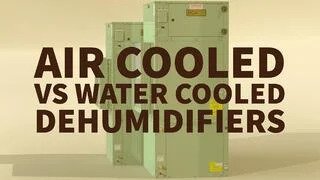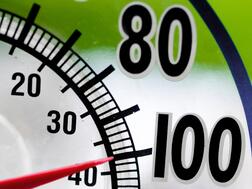In order to remain functional, comfortable, and safe, swimming pool areas must be equipped with high-quality, reliable dehumidification systems. As with any complex system, pool room dehumidification equipment requires regular maintenance and, periodically, replacement.
Determining whether replacement is the appropriate action, however, can be daunting or confusing, as diagnosing problems is often a complex process in itself. And once system issues have been identified, an operator must determine which course of action will best rectify them: repair, retrofit, or complete replacement.



 These methods are expensive to operate and wasteful, in that they constantly exhaust previously heated or cooled air outdoors. They also often fail to prevent structural damage caused by excess moisture, as the formation of mold and mildew in cold walls can cause irreparable damage.
These methods are expensive to operate and wasteful, in that they constantly exhaust previously heated or cooled air outdoors. They also often fail to prevent structural damage caused by excess moisture, as the formation of mold and mildew in cold walls can cause irreparable damage. A malfunctioning dehumidification system can cause mold and mildew build up quickly. This can lead to musty smells and poor air quality, not to mention structural issues.
A malfunctioning dehumidification system can cause mold and mildew build up quickly. This can lead to musty smells and poor air quality, not to mention structural issues.



